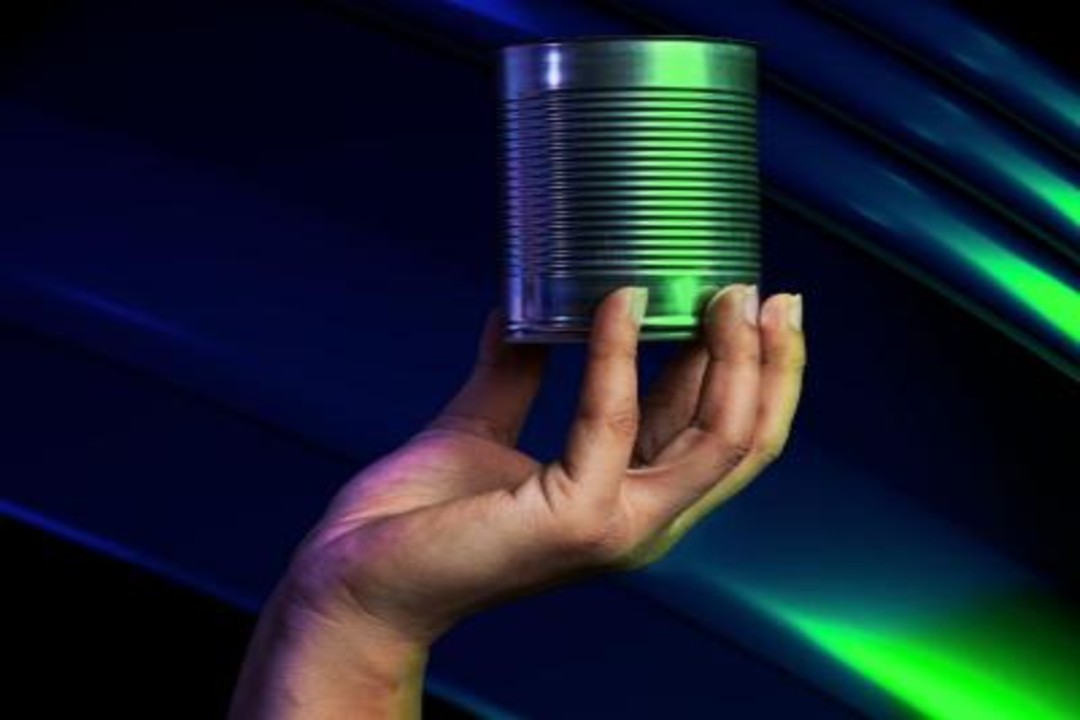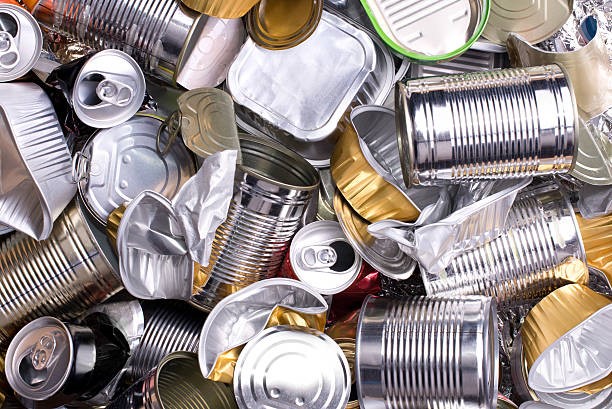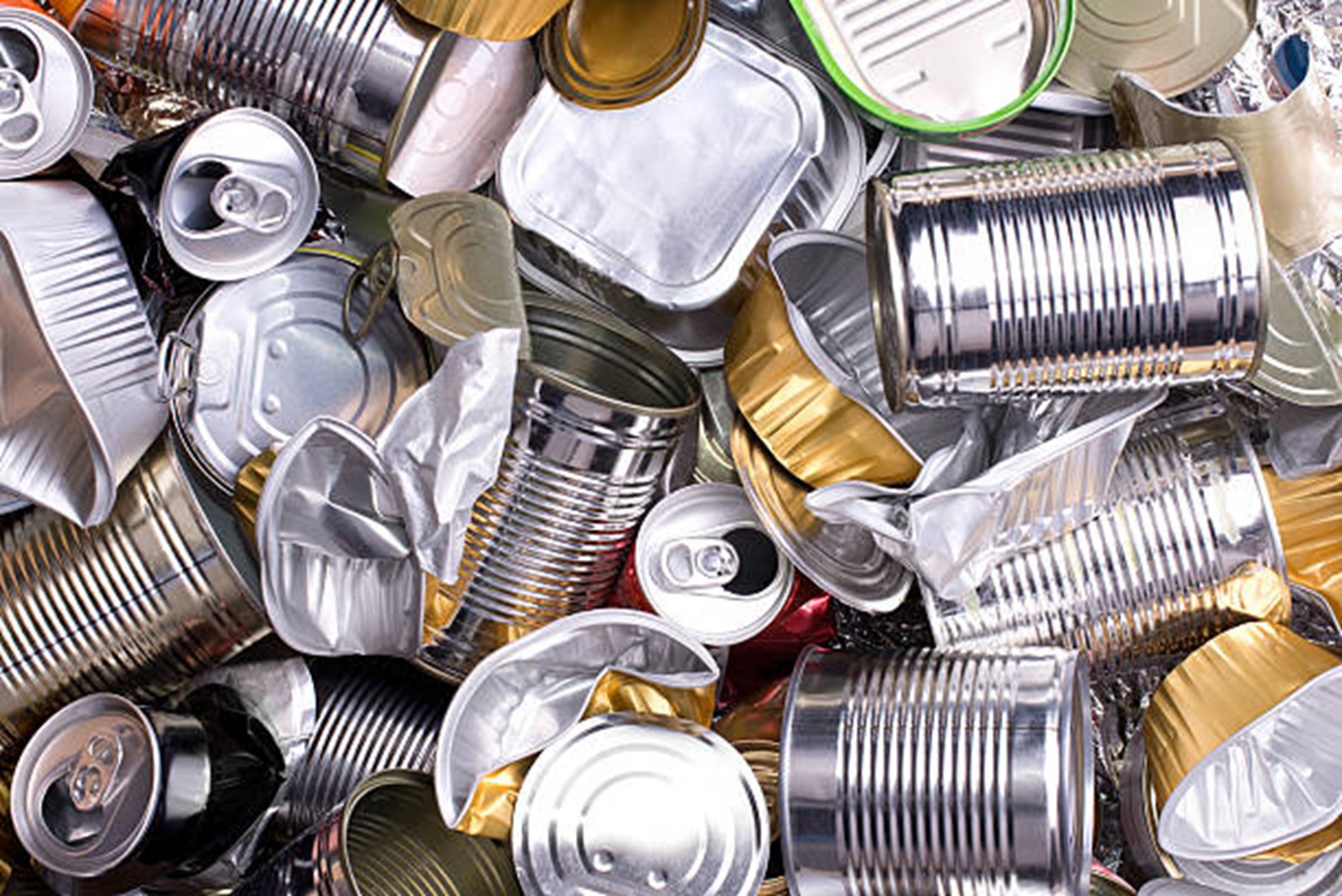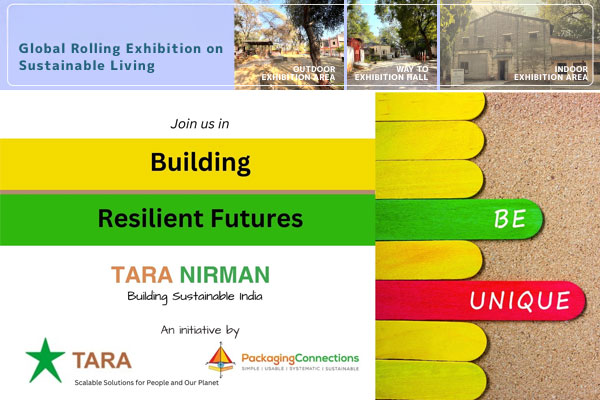
At LIVE 2025, attendees will have the opportunity to take a virtual reality tour showcasing Tata Steel UK’s EAF technology, with the aim of producing packaging steel by 2030. Additionally, at Packaging Innovations on 13 February, Tata Steel’s Nick Silk, Head of Product Development and Customer Technical Support, and Sarah Passmore, Head of Commercial Strategy, Packaging, will give a presentation on ‘Electrifying Packaging Steel’ at 1:30 pm on the Materials and Supply Chain stage. The EAF process will create high-quality steel with the same excellent formability, food safety standards (AA+), and quality as traditional methods, making it ideal for packaging common products like food cans, aerosols, and paint tins.
Adrian Davies, Marketing Manager – Packaging at Tata Steel UK, explained: “The shift to EAF technology is an essential step toward a greener future. It drastically reduces carbon emissions while maintaining the high-quality, food-safe steel that brands and consumers trust. This advancement is crucial in helping retailers and FMCG brands meet their sustainability objectives and respond to the growing demand for responsible packaging solutions.”
Nicola Jones, Steel Packaging Recycling Manager at Tata Steel UK, added: “With EAF technology, we’re producing packaging steel with 50% lower CO₂ emissions and at least 50% recycled content. At our Trostre site, where steel is made for food, beverage, and aerosol packaging, we are working towards a fully circular economy.”
The move to EAF technology at Tata Steel’s Port Talbot site marks a significant transformation for the UK’s packaging industry. Unlike traditional blast furnaces, EAFs use electricity to melt scrap steel, allowing for a higher level of recycled content and reduced emissions. This transition supports local recycling efforts and addresses the UK’s current export of 8 million tonnes of steel scrap annually, contributing to a circular economy in steel production.
“Join Tata Steel UK at its Tech Pod in the Networking Area of LIVE:2025 for the unveiling of Electrifying Packaging Steel and to see how sustainable steelmaking is shaping the future of packaging. Alternatively, meet our team at Packaging Innovations for their presentation on EAF packaging steel on 13 February,” said Nicola.
At LIVE 2025, Nicola Jones and Adrian Davies will be available to discuss how this innovation Tata Steel UK is committed to achieving net-zero steel production by 2045, with an interim target of reducing CO₂ emissions by 30% by 2030. As part of this transition, the company ceased ironmaking operations at its Port Talbot site in October 2024 to focus on more sustainable production methods. A key initiative in this strategy is the construction of a 3.2 million tonnes per annum (Mtpa) Electric Arc Furnace, expected to be operational by late 2027 or early 2028. This move aligns with Tata Steel’s broader sustainability goals and efforts to modernize its steelmaking processes.
In response to evolving industry demands and its sustainability agenda, Tata Steel UK is undergoing a workforce restructuring, aiming to streamline operations while maintaining a skilled workforce of approximately 5,000 direct employees. Despite these changes, the company remains committed to supplying high-quality steel to key industries, including construction, automotive, packaging, and engineering. As part of the larger Tata Steel Group, which operates globally, the company continues to play a significant role in the steel sector. The Group reported a consolidated turnover of approximately US$27.7 billion for the financial year ending March 31, 2024, underscoring its strong market presence and financial stability.





